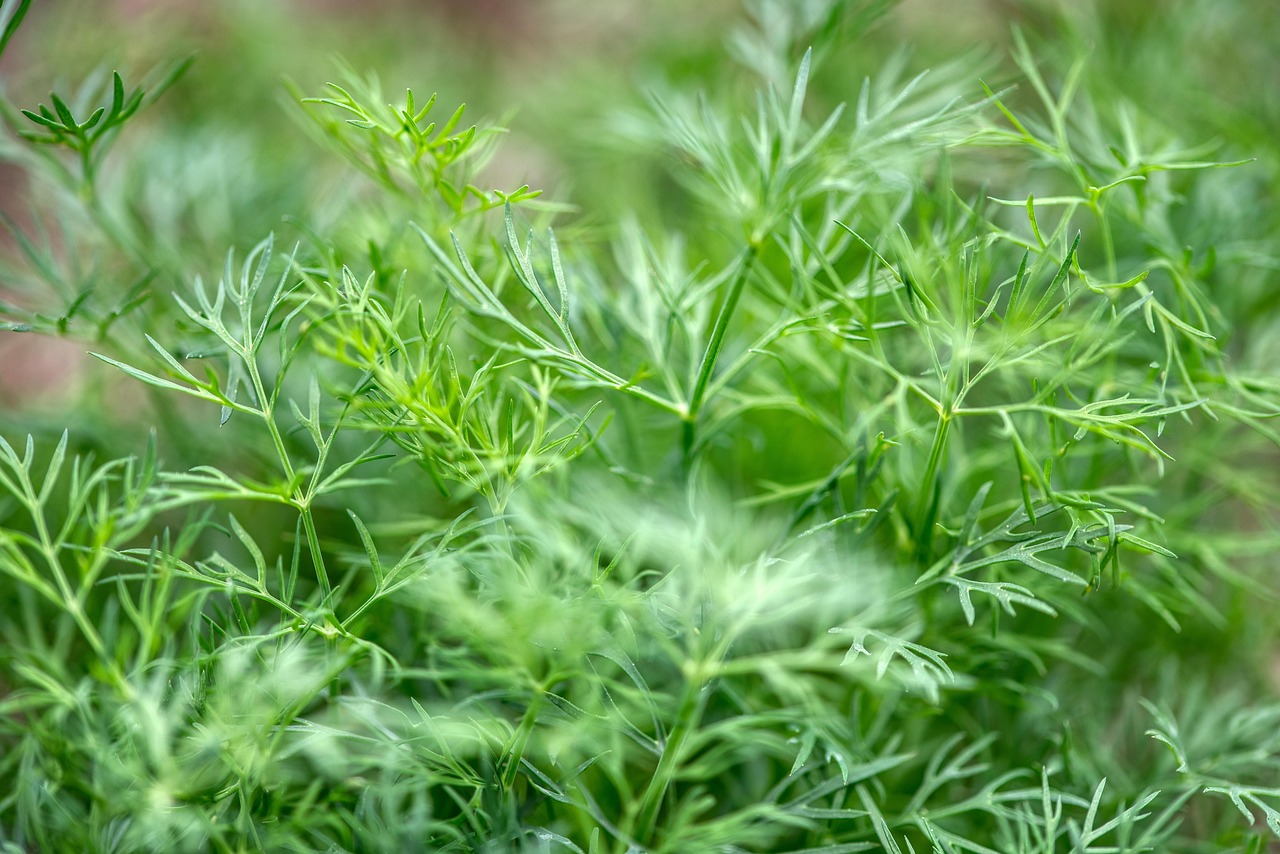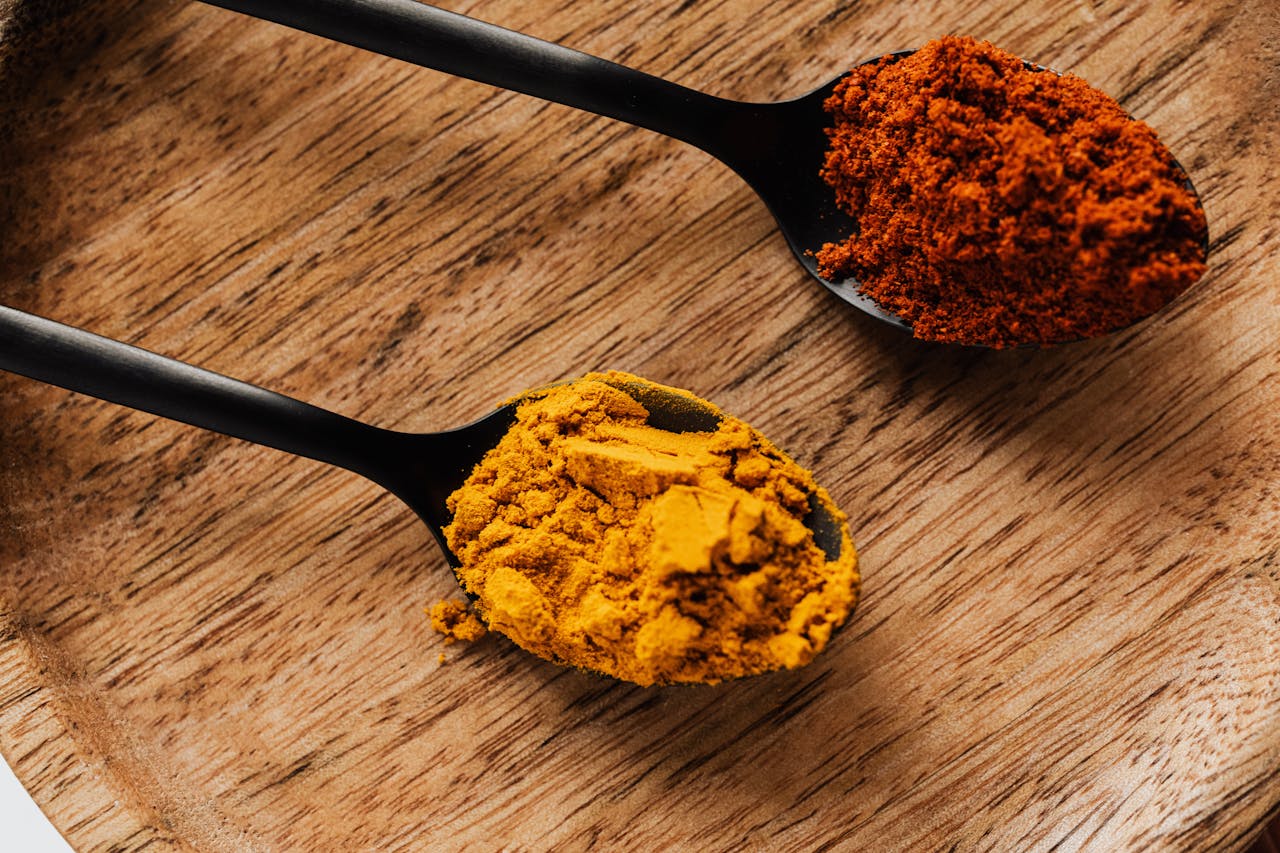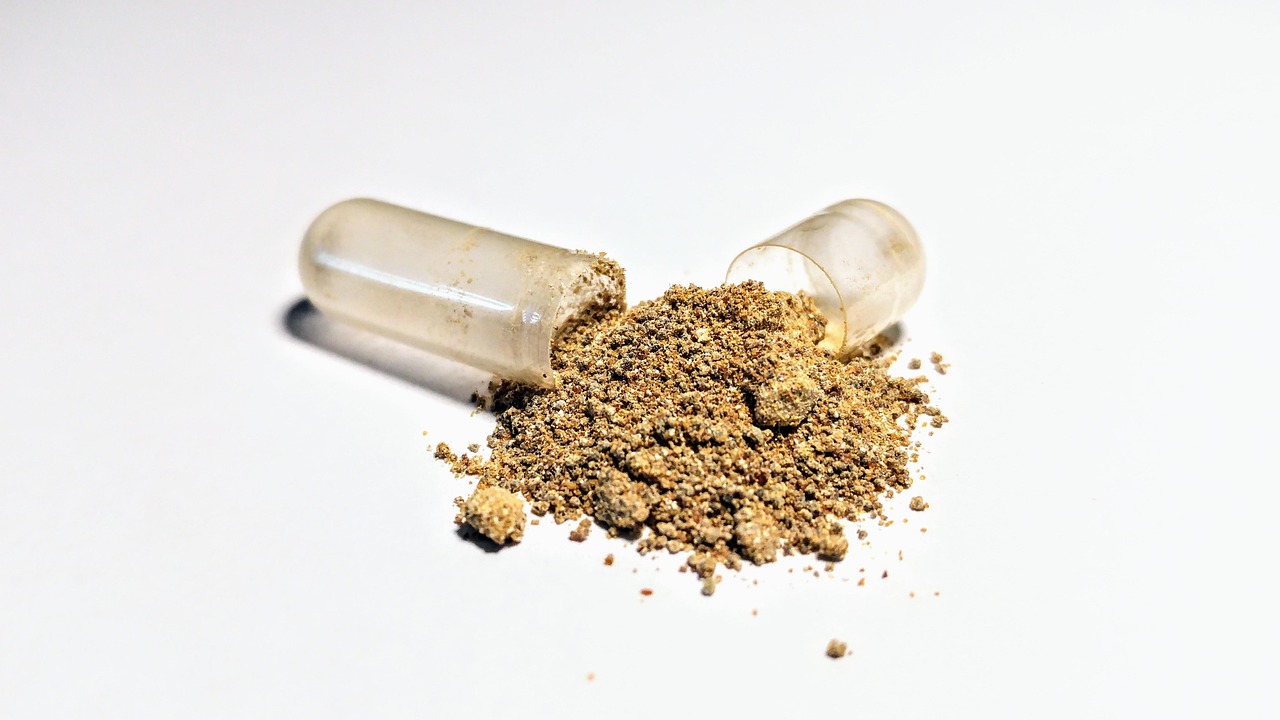Nature’s Pharmacy at Your Fingertips
Imagine walking into a pharmacy where every remedy comes from nature itself—no synthetic compounds, no mysterious side effects, just pure plant power that has been trusted for thousands of years. That’s exactly what medicinal herbs offer us today. In our fast-paced world of quick fixes and instant solutions, these natural healers continue to prove their worth through rigorous scientific research.
The global herbal medicine market has exploded in recent years, reaching unprecedented heights as more people discover the remarkable healing potential hidden in everyday plants. From the golden spice turmeric that fights inflammation more effectively than some pharmaceutical drugs, to the humble ginger root that can calm your stomach and boost your immune system, medicinal herbs are revolutionizing how we approach health and wellness.
But here’s what makes this topic even more exciting: modern science is finally catching up with ancient wisdom. Researchers are now validating what traditional healers have known for millennia, providing us with concrete evidence of these herbs’ therapeutic benefits. Whether you’re dealing with chronic inflammation, digestive issues, stress, or simply want to optimize your overall health, nature has provided us with an incredible arsenal of healing compounds.
Think of medicinal herbs as nature’s own B2B solution for your body—they work behind the scenes, targeting specific health concerns with precision while supporting your body’s natural healing processes. Just like how successful B2B companies focus on solving specific problems for their clients, each medicinal herb specializes in addressing particular health challenges, often with remarkable efficiency.
The Science Behind Herbal Medicine: Why Plants Pack Such Powerful Punches
Before we dive into specific herbs, let’s understand why these natural remedies are so effective. Plants have evolved over millions of years to produce complex chemical compounds called phytochemicals—nature’s own defense mechanisms against threats like UV radiation, insects, and diseases. When we consume these plants, we harness these protective compounds for our own health benefits.
Modern pharmacology has its roots deeply embedded in plant medicine. In fact, approximately 25% of all prescription drugs are derived from plant sources. Aspirin comes from willow bark, digitalis (used for heart conditions) comes from foxglove, and morphine originates from opium poppies. This isn’t coincidence—it’s evidence that nature has been providing us with molecular blueprints for healing long before we understood the science behind them.
What makes herbal medicine particularly fascinating is the concept of synergy. Unlike isolated pharmaceutical compounds, whole herbs contain hundreds of different bioactive substances that work together harmoniously. This means that consuming turmeric root, for example, provides not just curcumin (the active compound everyone talks about), but also dozens of other beneficial compounds that enhance absorption and effectiveness.
Recent studies have shown that this synergistic approach often produces better therapeutic outcomes with fewer side effects compared to isolated compounds. It’s like comparing a symphony orchestra to a single instrument—both can create beautiful music, but the orchestra provides depth, complexity, and richness that a solo performance simply can’t match.
Top 10 Powerful Medicinal Herbs That Science Validates
Turmeric: The Golden Warrior Against Inflammation
Turmeric and its components, including curcumin, have been the subject of extensive scientific studies, with research showing that people with osteoarthritis reported less joint pain when eating turmeric in recipes. This vibrant golden spice isn’t just a culinary superstar—it’s one of the most researched anti-inflammatory compounds on Earth.
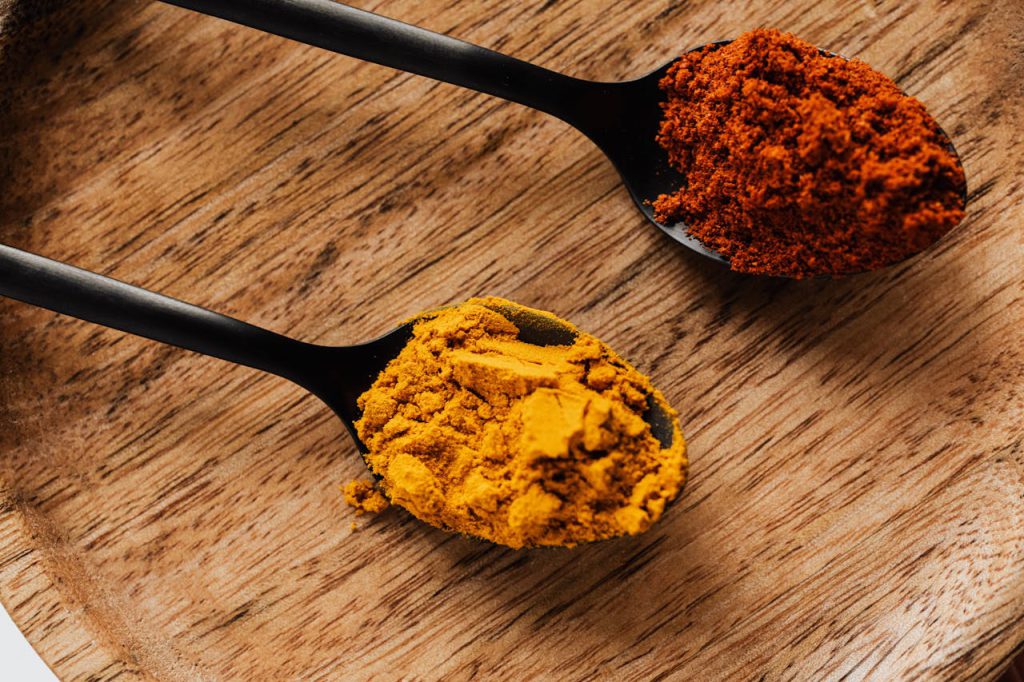
The secret lies in curcumin, turmeric’s primary bioactive compound, which has been shown to inhibit multiple inflammatory pathways simultaneously. Unlike traditional anti-inflammatory drugs that target single pathways, curcumin works like a master conductor, orchestrating a comprehensive anti-inflammatory response throughout your body.
Key Health Benefits:
- Reduces joint pain and stiffness in arthritis
- Supports heart health by improving blood vessel function
- May help prevent certain types of cancer
- Supports brain health and memory function
- Aids in digestive health and liver function
How to Use: Start with 1/2 teaspoon of turmeric powder daily in smoothies, curries, or golden milk. For maximum absorption, always combine with black pepper and a healthy fat like coconut oil or olive oil.
Ginger: Your Digestive System’s Best Friend
Ginger helps boost bone health, strengthen the immune system, and increase appetite, while also being effective for mitigating obesity and providing relief from menstrual pain. This knobby root has been a medicinal superstar for over 5,000 years, and modern research continues to unveil new therapeutic applications.
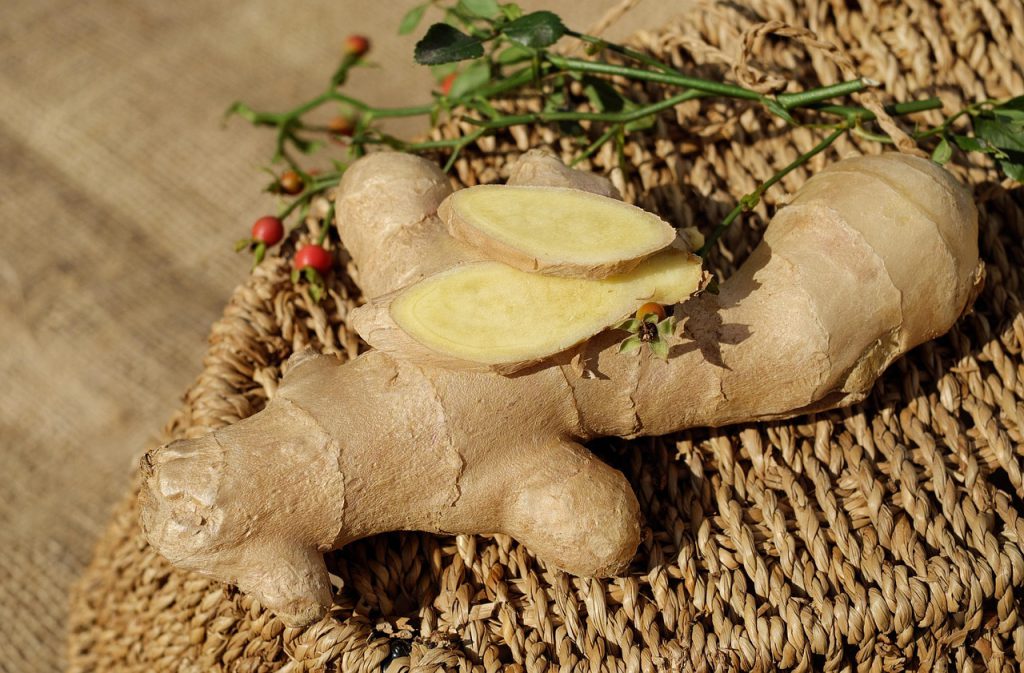
Gingerol, the compound responsible for ginger’s distinctive spicy kick, is also what makes it so therapeutically powerful. Studies show that ginger and turmeric work synergistically to provide anti-inflammatory activity, strengthen the immune system, and relieve pain.
Key Health Benefits:
- Eliminates nausea and motion sickness
- Reduces inflammation throughout the body
- Supports digestive health and reduces bloating
- Boosts immune system function
- May help reduce menstrual pain and muscle soreness
How to Use: Fresh ginger is most potent—try grating 1 inch of fresh ginger root into hot water for tea, or add it to stir-fries and smoothies. Dried ginger powder works well in baking and can be mixed into warm milk for a soothing bedtime drink.
Echinacea: Nature’s Immune System Booster
Research shows that the echinacea plant contains chemicals that help your body create white blood cells, particularly effective when your upper respiratory tract becomes infected. This purple-flowered plant has become synonymous with immune support, and for good reason.
Echinacea appears to activate chemicals in the body that decrease inflammation while potentially increasing the body’s immune system response. Think of echinacea as your immune system’s personal trainer—it doesn’t do the work for you, but it certainly helps your natural defenses perform at their peak.

Key Health Benefits:
- Reduces duration and severity of cold symptoms
- Supports overall immune system function
- May help lower blood sugar levels
- Provides anti-inflammatory effects
- Supports respiratory health
How to Use: Echinacea is most commonly available as tinctures, capsules, or teas. For best results, begin taking it at the first sign of cold symptoms. Follow package directions, as potency varies between products.
Holy Basil: The Sacred Stress-Buster
A 2024 study found that eugenol, a compound found in holy basil essential oil, might be helpful in treating hypertension. Don’t confuse this with the basil in your pasta sauce—holy basil (Ocimum sanctum) is in a league of its own when it comes to therapeutic benefits.
Known as „Tulsi” in Ayurvedic medicine, holy basil has earned the nickname „Queen of Herbs” for its remarkable ability to help the body adapt to stress. This adaptogenic herb works by regulating cortisol levels and supporting your body’s natural stress response systems.
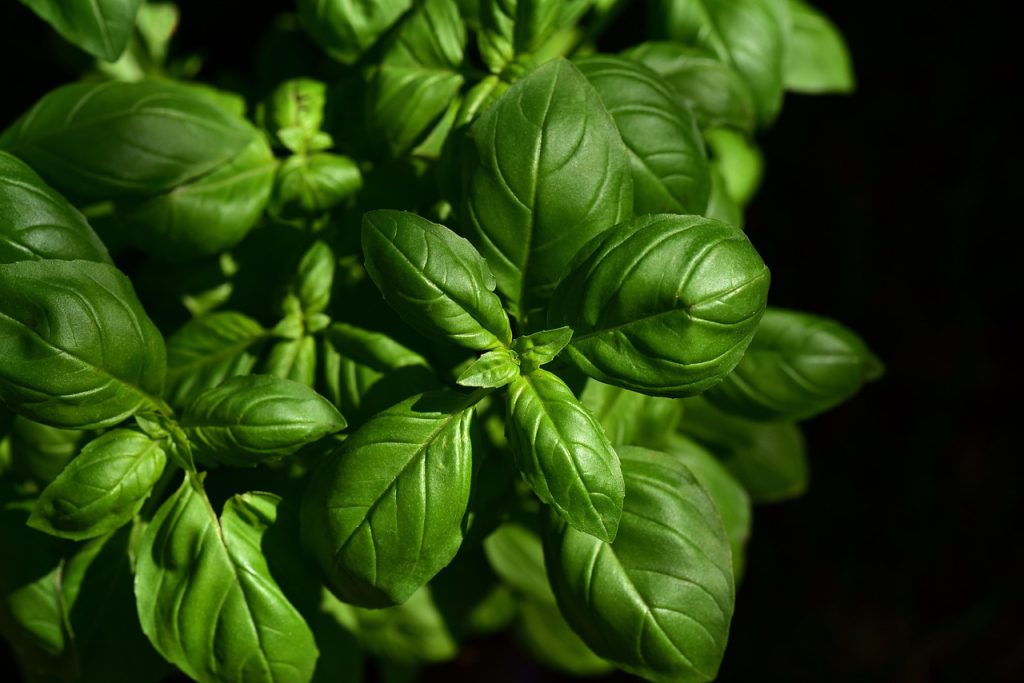
Key Health Benefits:
- Reduces stress and anxiety naturally
- Supports healthy blood pressure levels
- Helps regulate blood sugar
- Promotes mental clarity and focus
- Supports respiratory health
How to Use: Holy basil tea is the most popular form—steep 1-2 teaspoons of dried leaves in hot water for 5-10 minutes. You can also find standardized extracts in capsule form.
Sweet Basil: More Than Just a Culinary Herb
Studies have found that sweet basil may reduce stress, memory loss, depression, high blood pressure, and fasting blood sugar levels. While we typically think of basil as a pizza topping, this aromatic herb packs serious therapeutic punch.
Sweet basil contains compounds like eugenol, rosmarinic acid, and linalool, which work together to provide anti-inflammatory, antimicrobial, and stress-reducing effects. It’s like getting multiple health benefits wrapped up in one deliciously fragrant package.
Key Health Benefits:
- Natural stress and anxiety relief
- Supports healthy blood pressure
- May help improve memory and cognitive function
- Provides antimicrobial protection
- Supports digestive health
How to Use: Fresh basil leaves can be added to salads, smoothies, or made into tea. Basil essential oil can be diffused for aromatherapy benefits, but should not be ingested without proper guidance.
Goldenseal: The Natural Antibiotic Alternative
Goldenseal can help with diarrhea, eye and skin irritation, and can act as an antiseptic, though it’s not proven to treat colds and should be used carefully as too much can cause irritation. This bright yellow root has been used by Native Americans for centuries as a natural antiseptic and immune supporter.
Berberine, goldenseal’s primary active compound, has shown remarkable antimicrobial properties in laboratory studies. However, like any powerful medicine, goldenseal requires respect and proper dosing—it’s not something to use casually or long-term.
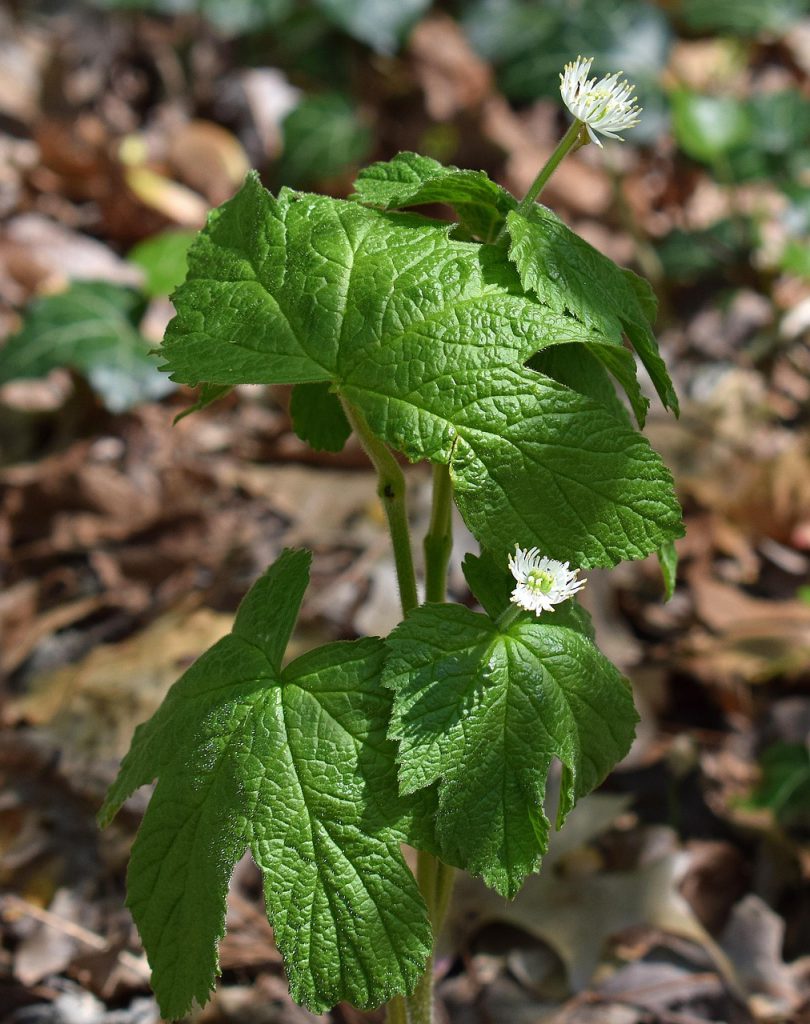
Key Health Benefits:
- Natural antimicrobial and antiseptic properties
- Supports digestive health and reduces diarrhea
- May help with minor skin irritations
- Supports immune system function
- Contains compounds that may help regulate blood sugar
How to Use: Goldenseal is typically used in short courses of 1-2 weeks maximum. It’s available as capsules, tinctures, or topical preparations. Always consult with a healthcare provider before using goldenseal, especially if you’re pregnant or taking medications.
Milk Thistle: Your Liver’s Guardian Angel
Milk thistle is used for liver problems and high cholesterol, and is also used to reduce the growth of cancer cells, though study results are not entirely clear about its real benefits for liver disease. This spiky purple flower might look intimidating, but it’s actually one of the gentlest and most protective herbs for your liver.
Silymarin, the active compound complex in milk thistle, acts like a protective shield around liver cells, helping them resist damage from toxins while supporting the liver’s natural detoxification processes. In our modern world full of environmental toxins and processed foods, our livers need all the support they can get.

Key Health Benefits:
- Supports liver health and detoxification
- May help protect against liver damage
- Supports healthy cholesterol levels
- Provides antioxidant protection
- May help stabilize blood sugar levels
How to Use: Milk thistle is most commonly available as standardized extracts in capsule form. Look for products standardized to contain 70-80% silymarin for maximum potency.
Hawthorn: The Heart’s Faithful Companion
Hawthorn acts as an antispasmodic, cardiac tonic, diuretic and vasodilator, helping fight heart weakness, spasms, and murmurs while balancing blood pressure. This thorny shrub produces small red berries that have been treasured in traditional European medicine for centuries as a heart tonic.
Hawthorn works by dilating blood vessels, improving blood flow to the heart muscle, and helping regulate heart rhythm. It’s like giving your cardiovascular system a gentle, supportive tune-up rather than a dramatic overhaul.
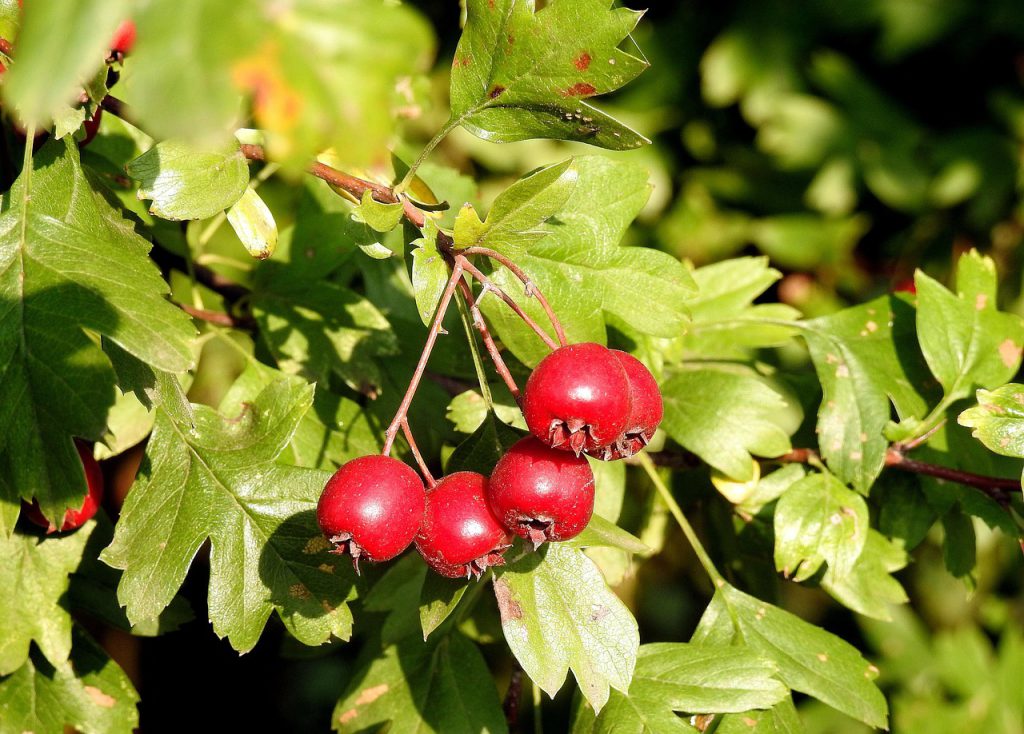
Key Health Benefits:
- Supports healthy heart function
- Helps maintain normal blood pressure
- Improves circulation
- Provides antioxidant protection for the cardiovascular system
- May help reduce anxiety and stress
How to Use: Hawthorn is available as teas, tinctures, and standardized extracts. Because it affects cardiovascular function, always consult with a healthcare provider before using hawthorn, especially if you’re taking heart medications.
Garlic: The Pungent Protector
While you might not think of garlic as a medicinal herb, this aromatic bulb deserves serious recognition for its therapeutic properties. Allicin, the compound responsible for garlic’s distinctive smell, transforms into various sulfur compounds that provide remarkable health benefits.
Fresh garlic has been shown to have antibacterial, antiviral, and antifungal properties that rival many pharmaceutical drugs. Plus, regular garlic consumption supports cardiovascular health by helping maintain healthy cholesterol levels and blood pressure.

Key Health Benefits:
- Natural antimicrobial and immune support
- Supports healthy cholesterol levels
- Helps maintain normal blood pressure
- Provides potent antioxidant protection
- May help reduce the risk of certain cancers
How to Use: For maximum therapeutic benefit, crush or chop fresh garlic and let it sit for 10 minutes before cooking to activate the allicin. Aged garlic supplements are also available for those who want the benefits without the social consequences.
Peppermint: The Soothing Multitasker
Peppermint is far more than just a refreshing flavor—it’s a legitimate medicinal herb with a long history of therapeutic use. Menthol, its primary active compound, provides cooling, antispasmodic, and analgesic effects that make peppermint particularly valuable for digestive and respiratory issues.
The beauty of peppermint lies in its versatility and gentle nature, making it suitable for everything from upset stomachs to tension headaches. It’s like having a Swiss Army knife in your herbal medicine cabinet.
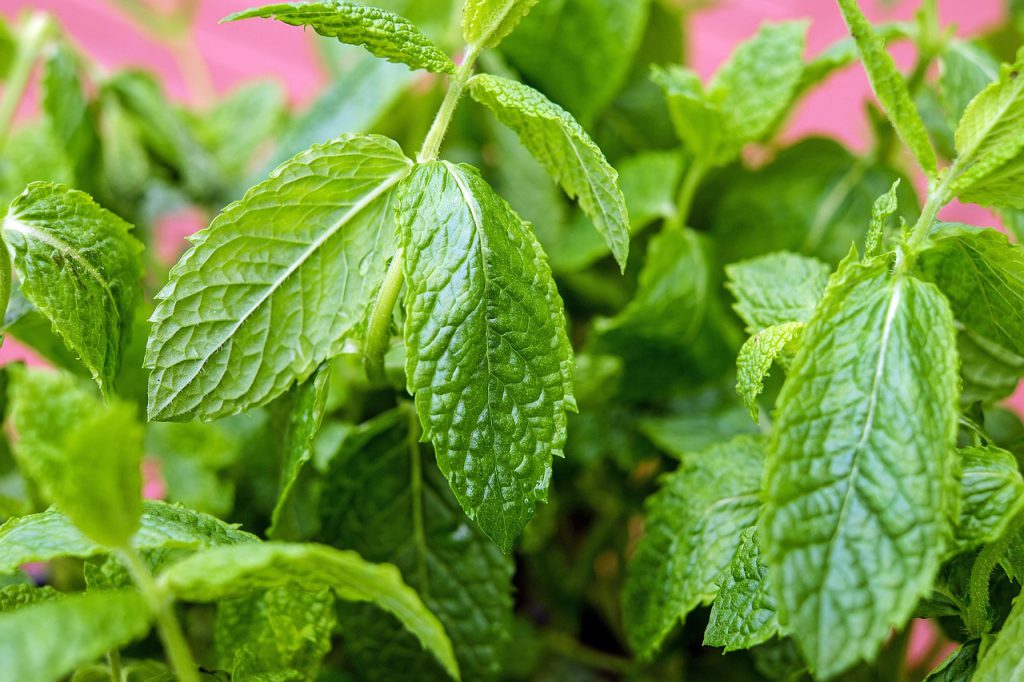
Key Health Benefits:
- Soothes digestive upset and reduces nausea
- Provides natural pain relief for headaches
- Supports respiratory health and clear breathing
- Has antimicrobial properties
- Promotes mental alertness and focus
How to Use: Peppermint tea is the most popular form—use fresh or dried leaves steeped in hot water. Peppermint essential oil can be used topically (diluted) for headaches or inhaled for respiratory support.
How to Safely Incorporate Medicinal Herbs into Your Daily Routine
Starting your herbal journey doesn’t require a complete lifestyle overhaul—small, consistent steps often produce the most sustainable results. Think of it like launching a successful B2B marketing campaign: you start with clear objectives, test different approaches, and scale what works best.
Start Small and Build Gradually
Begin with one or two herbs that address your most pressing health concerns. If you’re dealing with chronic inflammation, turmeric might be your starting point. For digestive issues, consider ginger or peppermint. This focused approach allows you to assess how each herb affects you individually before creating more complex combinations.
Quality Matters More Than Quantity
Just as B2B companies prioritize high-quality leads over sheer numbers, focus on sourcing high-quality herbs rather than collecting an extensive but mediocre collection. Look for organic certifications, third-party testing for purity, and reputable suppliers who can provide information about their sourcing and processing methods.
Timing and Consistency Are Key
Medicinal herbs work best when used consistently over time, rather than sporadically in large doses. Create simple routines that fit naturally into your existing habits—add turmeric to your morning smoothie, sip ginger tea after meals, or take echinacea during cold season.
Listen to Your Body
Your body is the ultimate testing ground for any herbal protocol. Keep a simple journal noting which herbs you’re taking, dosages, and any effects you notice—both positive and negative. This creates valuable data that helps you optimize your herbal regimen over time.
Important Safety Considerations and When to Consult Healthcare Professionals
While medicinal herbs are generally safer than pharmaceutical drugs, they’re still powerful substances that deserve respect and caution. Some herbs like goldenseal can be poisonous in high doses and should be used carefully with healthcare provider guidance.
Potential Interactions
Herbs can interact with prescription medications, sometimes enhancing or reducing their effects. For example, garlic and ginger can increase bleeding risk when combined with blood-thinning medications, while St. John’s wort can reduce the effectiveness of birth control pills and antidepressants.
Quality Control Concerns
The herbal supplement industry isn’t as tightly regulated as pharmaceuticals, which means quality can vary significantly between products and manufacturers. Some products may contain contaminants, incorrect amounts of active compounds, or even entirely different herbs than what’s listed on the label.
When to Seek Professional Guidance
Always consult with a healthcare provider before using medicinal herbs if you’re pregnant, breastfeeding, taking prescription medications, or dealing with serious health conditions. Additionally, work with qualified herbalists or integrative medicine practitioners who can provide personalized guidance based on your unique health profile.
Red Flags to Watch For
Discontinue use and seek medical attention if you experience allergic reactions, unexpected side effects, or if symptoms worsen while using herbal remedies. Remember that „natural” doesn’t automatically mean „harmless”—even natural substances can cause adverse reactions in sensitive individuals.
Creating Your Personal Herbal Medicine Cabinet
Building an effective herbal medicine cabinet is like creating a strategic business plan—it should be tailored to your specific needs, goals, and circumstances. Here’s how to create a foundation that serves you well without overwhelming your budget or storage space.
Essential Starter Kit (5 Herbs Maximum)
Choose herbs that address your most common health concerns:
- For immune support: Echinacea and fresh garlic
- For inflammation and pain: Turmeric and ginger
- For stress and digestive issues: Peppermint and chamomile
Storage and Preparation Basics
Store dried herbs in airtight containers away from light and heat—think cool, dark pantry spaces rather than above your stove. Most dried herbs maintain potency for 1-2 years when stored properly, though their therapeutic value is highest within the first year.
Simple Preparation Methods
Master a few basic preparation techniques:
- Teas and infusions: Pour hot water over herbs and steep 5-15 minutes
- Tinctures: Alcohol-based extracts that are highly concentrated and long-lasting
- Fresh preparations: Adding fresh herbs to foods, smoothies, or making fresh ginger shots
The Future of Herbal Medicine: Where Ancient Wisdom Meets Modern Science
The future of herbal medicine looks incredibly promising as technology enables researchers to better understand the complex mechanisms behind traditional remedies. Advanced analytical techniques are revealing new active compounds, while clinical trials are providing the evidence-based validation that modern healthcare demands.
Emerging Research Areas
Scientists are investigating how different herb combinations work synergistically, potentially leading to more effective herbal formulations. Research into personalized medicine may soon help us understand which herbs work best for specific genetic profiles, making herbal medicine more precise and effective than ever before.
Integration with Conventional Medicine
Forward-thinking healthcare systems are beginning to integrate herbal medicine with conventional treatments, recognizing that this collaborative approach often produces superior outcomes. This trend mirrors successful B2B partnerships—when different strengths complement each other, everyone benefits.
Sustainability and Ethical Sourcing
As demand for medicinal herbs grows, the industry is focusing more on sustainable farming practices and ethical sourcing. This ensures that future generations will continue to benefit from these natural treasures while protecting the environments where they grow.
Conclusion: Your Natural Path to Better Health
Medicinal herbs offer us something truly remarkable: the opportunity to take control of our health using remedies that have been tested not just in laboratories, but across thousands of years of human experience. From turmeric’s powerful anti-inflammatory effects to echinacea’s immune-boosting properties, these natural healers provide safe, effective options for supporting our body’s innate healing abilities.
The beauty of herbal medicine lies not just in its therapeutic potential, but in its accessibility. You don’t need expensive equipment or complex protocols—many powerful herbs can be grown in your backyard or found in your local grocery store. What you do need is knowledge, respect for these powerful substances, and the patience to let them work their gentle magic over time.
Remember, incorporating medicinal herbs into your wellness routine is a journey, not a destination. Start small, listen to your body, and don’t hesitate to seek guidance from qualified healthcare providers. With the right approach, these natural allies can become valuable partners in your quest for optimal health and vitality.
As we’ve seen throughout this exploration, the synergy between ancient wisdom and modern science continues to validate what traditional healers have always known: nature provides us with an incredible pharmacy, perfectly designed to support human health and healing. The question isn’t whether these herbs work—it’s how we can best harness their power to create healthier, more vibrant lives.
Scientific References and Further Reading
Primary Research Sources
- Turmeric and Curcumin Studies:
- National Center for Biotechnology Information. (2022). „A Comprehensive Review on the Benefits and Problems of Curcumin with Respect to Human Health” – PubMed
- PMC. „Impacts of turmeric and its principal bioactive curcumin on human health: Pharmaceutical, medicinal, and food applications”
- NCBI Bookshelf. „Turmeric, the Golden Spice – Herbal Medicine”
- PMC. (2017). „Curcumin: A Review of Its’ Effects on Human Health”
- Ginger Research:
- Echinacea Studies:
- National Center for Complementary and Integrative Health. „Echinacea: Usefulness and Safety”
- PubMed. (2016). „The effect and safety of highly standardized Ginger and Echinacea extract supplementation on inflammation and chronic pain”
- Goldenseal Research:
- National Center for Complementary and Integrative Health. „Goldenseal: Usefulness and Safety”
- Additional Clinical Studies:
Authoritative Health Organizations
- National Center for Complementary and Integrative Health (NCCIH) – www.nccih.nih.gov
- National Library of Medicine – www.ncbi.nlm.nih.gov
- PubMed Central (PMC) – www.ncbi.nlm.nih.gov/pmc
Note: These references represent peer-reviewed scientific literature and government health resources. Always consult with qualified healthcare professionals before making significant changes to your health regimen.
